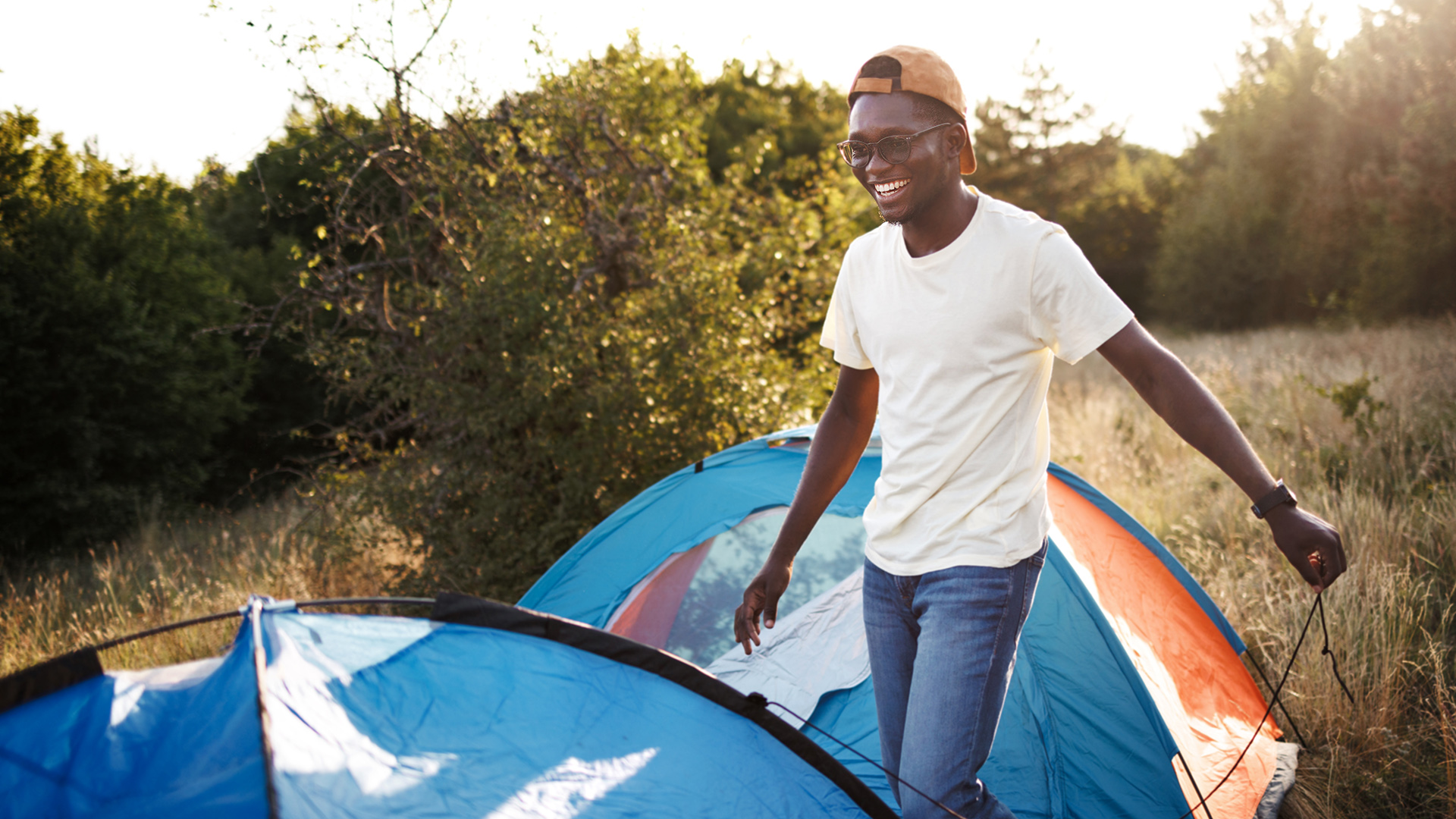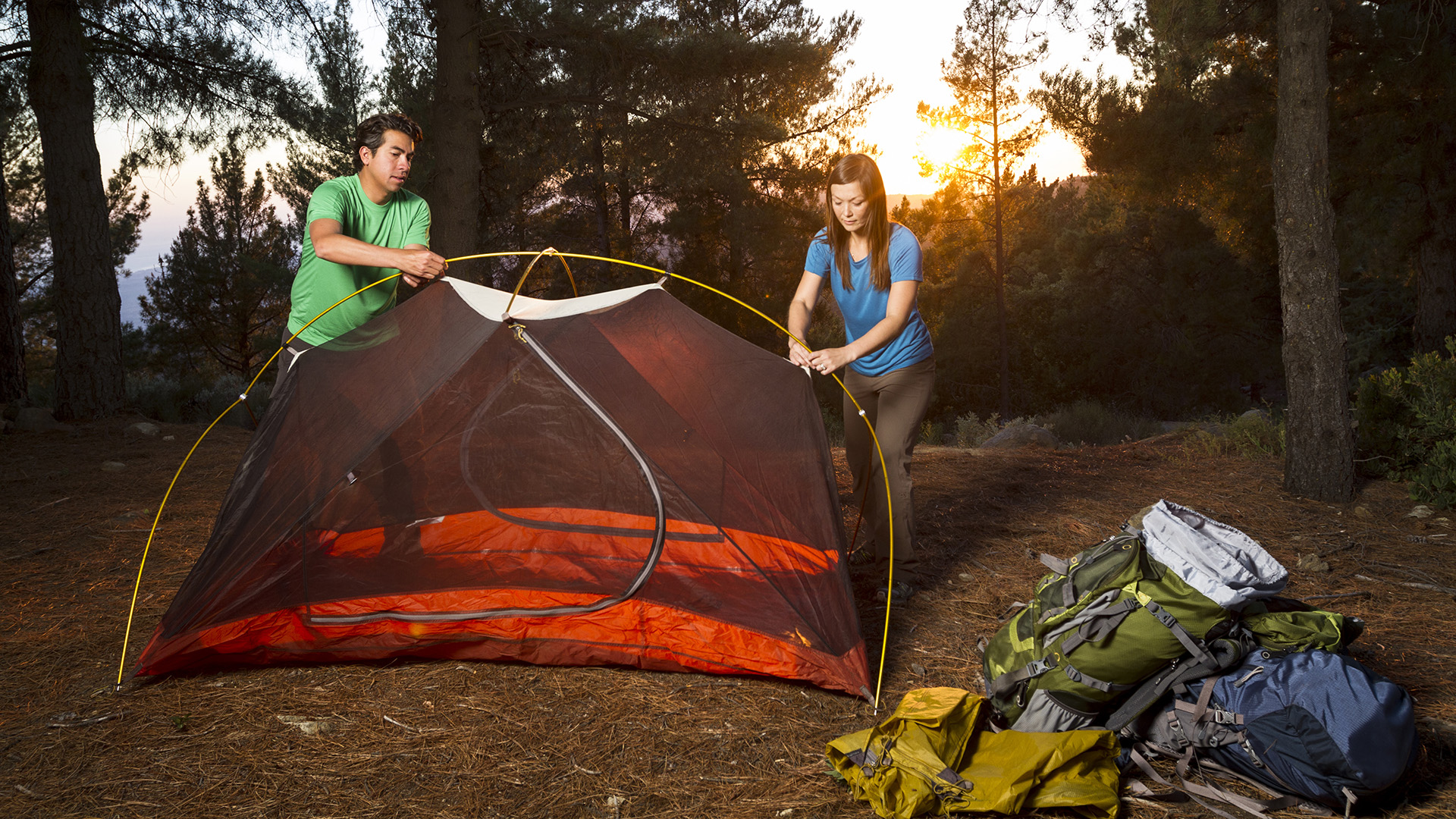
Welcome, fellow outdoor enthusiasts, to the ultimate pre-camping season checklist, where we embark on a journey of gear inspection and preparation that's more thrilling than roasting marshmallows over a crackling campfire.
As the frost thaws and the birds chirp their merry tunes, it's time to dust off those tents, polish those cookware sets, and ensure that your camping arsenal is primed and ready for action.
Join the experts at T3 as we navigate the wild terrain of tent stakes and waterproofing treatments, armed with nothing but our wits and a healthy dose of camping know-how.
This checklist can be used by both seasoned outdoor aficionados and novice campers taking their first steps into the wilderness to ensure that their camping experience is legendary.
So grab your gear, gather around the virtual campfire, and let's embark on this adventure together. After all, the great outdoors awaits – and with our trusty checklist in hand, there's no limit to the camping escapades that await us!
1. Inspect your tent
Set up your tent in your garden or a spacious indoor area to check for any damages, such as tears, holes, or broken zippers. Look for signs of mould or mildew, especially if it has been stored in a damp environment over the winter, such as garages and dark storerooms.
Clean the tent thoroughly using mild soap and water, and let it air dry completely (read more about how to dry your tent at home). Inspect the tent poles and stakes for any bends, cracks, or missing parts, and replace or repair them as needed.
If your shelter is beyond repair – it happens, sadly – head over to T3's best tents or best backpacking tent guides to get a better idea of what options are available right now.

2. Check sleeping gear
Take out your sleeping bags, sleeping pads, camping beds and pillows to inspect them for any tears, holes, or damage. Inflate sleeping pads to their full capacity and listen for any hissing sounds indicating leaks. Repair any leaks using a patch kit or replace damaged items. Air out sleeping bags by hanging them outside on a sunny day, and consider washing them according to the manufacturer's instructions.
3. Review cooking equipment
Clean your camping stove thoroughly, removing any grease, dirt, or residue from previous trips. Check the fuel canisters or cartridges to ensure they are not expired and have enough fuel for your upcoming trips. Inspect all camping cooking utensils, pots, pans, and dishes for any damage or rust, and replace any items that are worn out or no longer functional.

4. Test lighting
Gather all your camping lanterns, flashlights, and headlamps and test them to ensure they are working properly. Replace any dead batteries and pack extras to have on hand during your trips. Consider upgrading to rechargeable or solar-powered lighting options for eco-friendly camping.
5. Check backpacks and bags
Inspect your hiking backpacks, daypacks, and dry bags for tears, rips, or damage to the straps, zippers, or fabric. Clean them thoroughly with mild soap and water and let them air dry completely. Check all buckles, clips, and fasteners to ensure they are in good working condition and replace any worn-out parts.
6. Review safety equipment
Open your first aid kit and check the expiration dates on all medications, ointments, and supplies. Restock any expired or used items, and add any additional items you may need for the upcoming season. Inspect your emergency whistle, signal mirror, and fire starter for functionality, and replace them if necessary.

7. Inspect clothing
Take out all your camping clothes, including waterproof jackets, walking trousers, shirts, and walking socks, and inspect them for any tears, stains, or damage. Wash them according to the manufacturer's instructions and let them air dry completely. Consider treating your outerwear with waterproofing spray to repel moisture during spring showers.
8. Check navigation tools
Gather your maps, compasses, hiking GPS units, and trail guides, and review them to ensure they are up-to-date and accurate. Replace any outdated maps or guidebooks, and update the software on your GPS device if needed. Practice using your navigation tools to refresh your skills before heading out on the trails.
9. Review personal items
Take inventory of your toiletries, towels, sunscreen, insect repellent, and other personal items. Check expiration dates on sunscreen and insect repellent, and restock as needed. Pack all personal items in waterproof containers or zip-top bags to keep them dry and organized during your trips.

10. Clean and organise
Once you have inspected and prepared all your camping gear, take the time to clean and organise it for easy access. Create a checklist of essential items for each trip and pack them accordingly. When not in use, store your gear in waterproof bins or storage containers to protect it from moisture and pests.
11. Check tent accessories
Don't forget to inspect and clean any tent accessories, such as guy lines, stakes, and repair kits. Replace any damaged or missing items, and ensure you have everything you need for setting up and securing your tent during your trips.
12. Prepare campsite essentials
Consider stocking up on essential campsite items such as firewood, matches, and fire starters before your first trip. Check local regulations and fire bans to ensure you can safely build campfires during your outings. Additionally, pack a tarp or groundsheet to protect your tent from moisture and provide extra insulation underneath your sleeping area.







